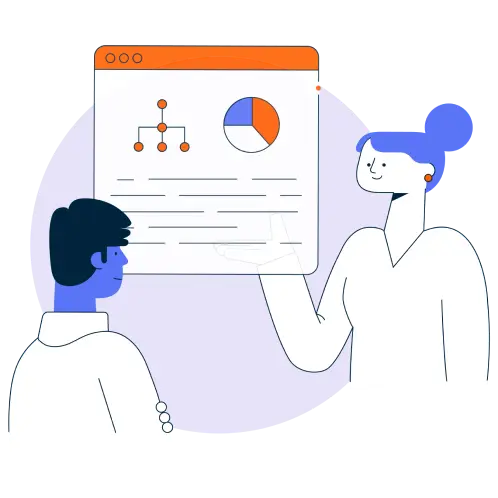Getting started
Get quickly up to speed with Teradata Vantage. Learn about features. Find how-tos for common tasks. Explore sample source code.
Documentation
Access Vantage Documentation for VantageCloud Enterprise, VantageCore VMware and VantageCore IntelliFlex.
Downloads
Find publicly available downloads from Teradata. Browse by category or select one of the popular downloads below.
Community
Recent Community Blogs. The best minds from Teradata, our partners, and customers blog about relevant topics and features.
Explore Vantage AI/ML features
Get a free hands-on demo environment to explore Teradata VantageCloud’s ClearScape Analytics™
Use dbt with Teradata Vantage
Learn how to use dbt, a leading ELT tool, with Teradata Vantage.
Query data in object storage
Learn how to analyze data stored in object storage using SQL.
Use Airbyte to load data to Vantage
Use Airbyte ELT tool to load data from your applications and databases into VantageCloud.
Getting Started with Teradata ModelOps
In the tutorial, you will be able to create a new project in ModelOps, upload the required data to Vantage, and track the full lifecycle.
Connect to Vantage using JDBC
The JDBC Driver allows you to connect to the Teradata database from external applications.

